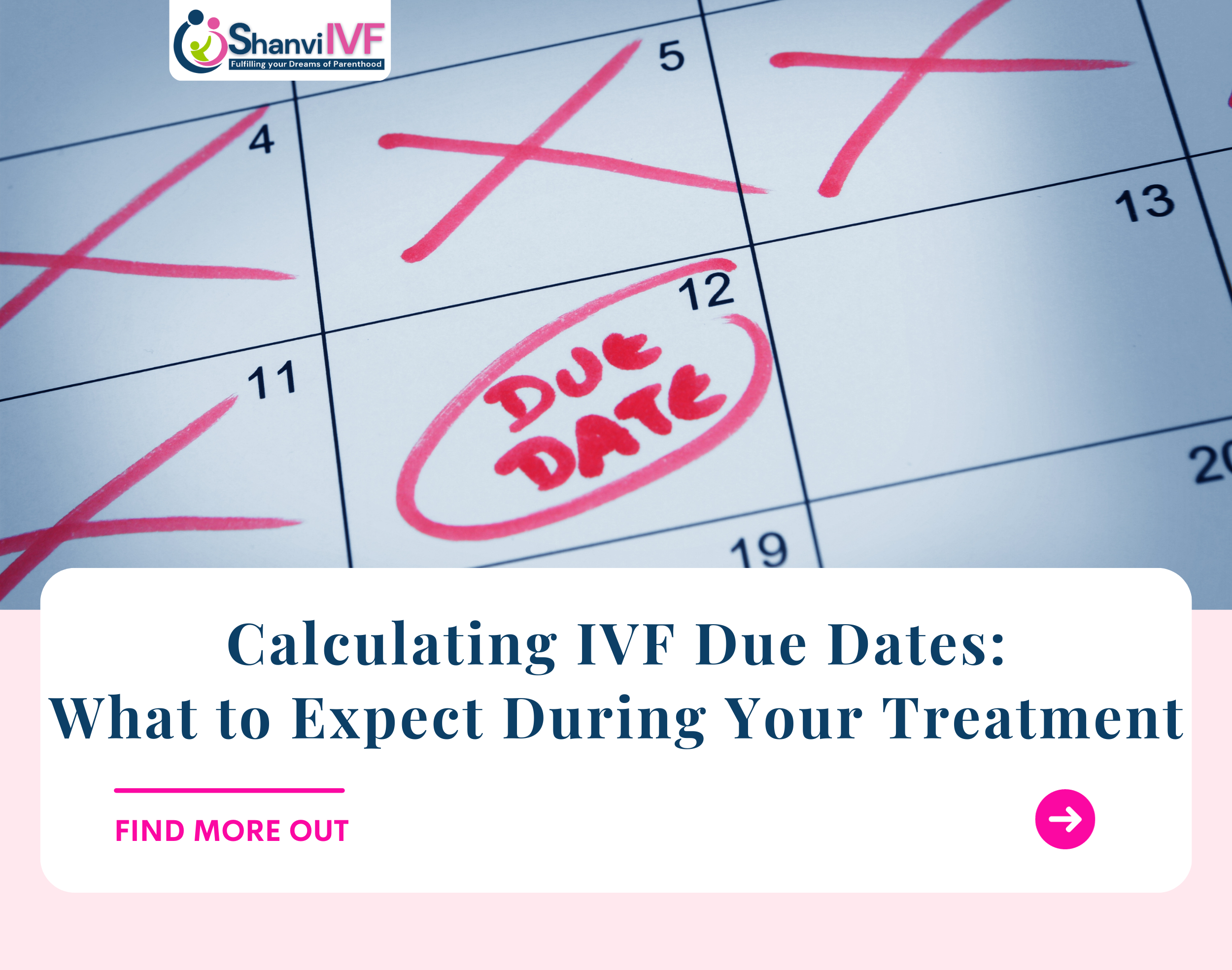
A complicated medical technique called in vitro fertilisation (IVF) entails stimulating the ovaries to create a large number of eggs, extracting the eggs, and then fertilising the eggs with sperm in a lab. The lady becomes pregnant if the fertilised eggs implant in the uterus.
In contrast to a natural pregnancy, the due date for an IVF pregnancy is determined differently. The due date for a natural pregnancy is ordinarily 40 weeks from the first day of the expectant mother’s last menstrual period (LMP). In contrast, when using IVF, the due date is determined using the egg retrieval date. This is because embryo transfer usually takes place 5–6 days after egg retrieval.
Choosing the right IVF centre is the most critical decision because it is one of the primary factors that could affect the results. Shanvi IVF is the best IVF centre in Agra for couples who can’t conceive naturally and are looking for other options to conceive. They have a high success rate, and their doctors understand every case is different and treat the patients accordingly.
The best part of taking treatment from Shanvi IVF is that the chances of you receiving the pregnancy test results as positive are high. After receiving a positive result, the question is, “When is the baby due?”. So, let’s see how you can calculate one.
Steps to Calculate Pregnancy Weeks After IVF
Beginning on the Day of the Embryo Transfer: The first day of your pregnancy is the day the embryo is transferred.
Two-Week Wait: To simulate a natural cycle, add two weeks to the day of embryo transfer.
Due Date Calculation: Calculating the projected due date involves adding 38 weeks to the day of embryo transfer.
Keep in mind that the estimate varies significantly depending on the IVF method, such as whether fresh or frozen embryos are transferred.
Calculating the Due Date for IVF Pregnancies
Although it may be tempting to mark a date on the calendar, remember that IVF pregnancy due date calculations can be a little more complicated. Doctors frequently apply the gestational age method.
Gestational Age Method
Step 1: Day 0 is the day of the embryo transfer.
Step 2: Add 266 days (38 weeks) to calculate the anticipated due date.
Please take note that this approach differs from Naegele’s Rule, which is frequently applied to spontaneous pregnancies.
What other methods are there for determining your IVF due date?
Steps to determine the due date if you had a blastocyst or frozen embryo transfer:
Frozen Embryo: Add the embryo’s age at freezing and its age upon transfer for a frozen embryo, then proceed as if it were a fresh embryo.
Blastocysts: As blastocysts are five days old, the number of days should be lowered for a blastocyst transfer
Ultrasounds: An ultrasound may occasionally be used to date a person more precisely.
Things that Affect the Due Date
- Health of Mothers
- Child Development
- Pregnancy type (single, twins, etc.)
- Age at Transfer of the Embryo
How Reliable are IVF Due Dates?
You could be wondering, “How reliable is this date?” as you cross days off the calendar. Due to the established implantation day, IVF due dates are typically more precise than those determined from natural conception. But keep in mind that just 5% of kids are born on the exact day they should have!



